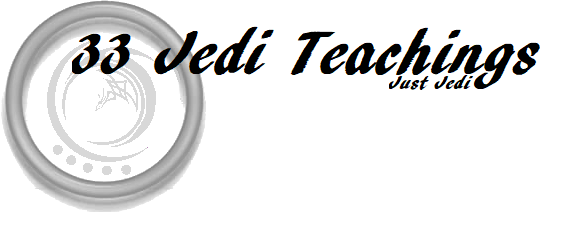Fiction to Belief
The Keeper 2018
Fiction to Belief
Throughout the ages, stories was a way to reach out to others. Be it to sooth or enchant your sleeping child, beguile family and friends or reach a group of people - sometimes entire nations. These monomyth’s can be found throughout all cultures and lifestyles right on down to the first recordings of human creation. It was and still is a means to entertain as well as a tool to educate and teach.
In christian and Sufi (islam) tradition the use of parables are quite common to teach religious studies to the younger generation. “A usually short fictitious story that illustrates a moral attitude or a religious principle” - merriam-webster.com
In today’s growing and changing culture, the ideology of strict religions is being put on the spotlight as new generations are starting to ask ancient questions. Concerned not with where we came from and how, but what humanities purpose is here and now. Young women and men are seeking an opportunity to explore their own ideas of the universe while sharing it, with the natural group minded human instinct to be among others like themselves.
But since the old and even ancient stories and parables are laced with the stigma of organized and strict oriented religions of the past. The new generation reaches out to other - more modern structured storytelling.
Movies and novels based on fictional roots with a sci fi/futuristic twist has a particular attraction due to one’s ability to relate to characters while viewing a potential promise of an enlightened future. Even if said stories are only repeating ancient monomyths, they become fascinating and unique in the eyes of the viewers. Which is the soul purpose of any good storyteller seeking to capture their audience.
This was even more true twenty some years ago when the world was introduced to: Star Wars.
Orchestrated by a series of creative and adaptive storytelling, George Lucas not only captured his audience with a new and potential future of space ships, glowing saber swords, witty droids and never before seen worlds. But also a series of easy to understand conducts of humankind. Not just the light and good actions we are constantly expected to perfect through methods of teachings and trainings….but also an accepted knowledge of a darkness we all internally struggle with. Wrapped up in easily identifiable quotes from beloved characters that many adored. Because of this unique perspective, many grasped onto the stories and asked a very important question.
“I wonder if we can apply some of these into our real lives?” And “Are there others who think like me?”
Over time. Others took up the pen to expand on George Lucas’s creative universe in order to put depth into the purposefully void landscape of the Star Wars hero’s represented.
In 1987 the first appearance of the Jedi Code was presented in the "Star Wars D6 RPG Core Rulebook 1E" but was later developed and expanded upon in 2002 as a series of authors (Rodney Thompson, Owen K.C. Stephens, Christopher Perkins) and (J. D. Wiker, James Maliszewski, Jeff Grubb, Joe Corroney, Michael Mikaelian, and Owen K.C. Stephens) assembled two role playing guide book's called “Star Wars RPG Core Rule Book” and “Power of the Jedi Sourcebook” which offered a series of guidelines that Jedi might have followed depending on which part of the cannon you followed and what era the sourcebook took place in.
These guidelines became sensationalized within both the fan base as well as those seeking a new lifestyle direction.
We will continue to explore the guidelines found within Star Wars fiction in our next couple of lessons.
Journal Entry
- Write about some fictional stories and/or movies (that is not star wars) that has inspired you, your beliefs, and your spiritual practices.




Comments
Post a Comment